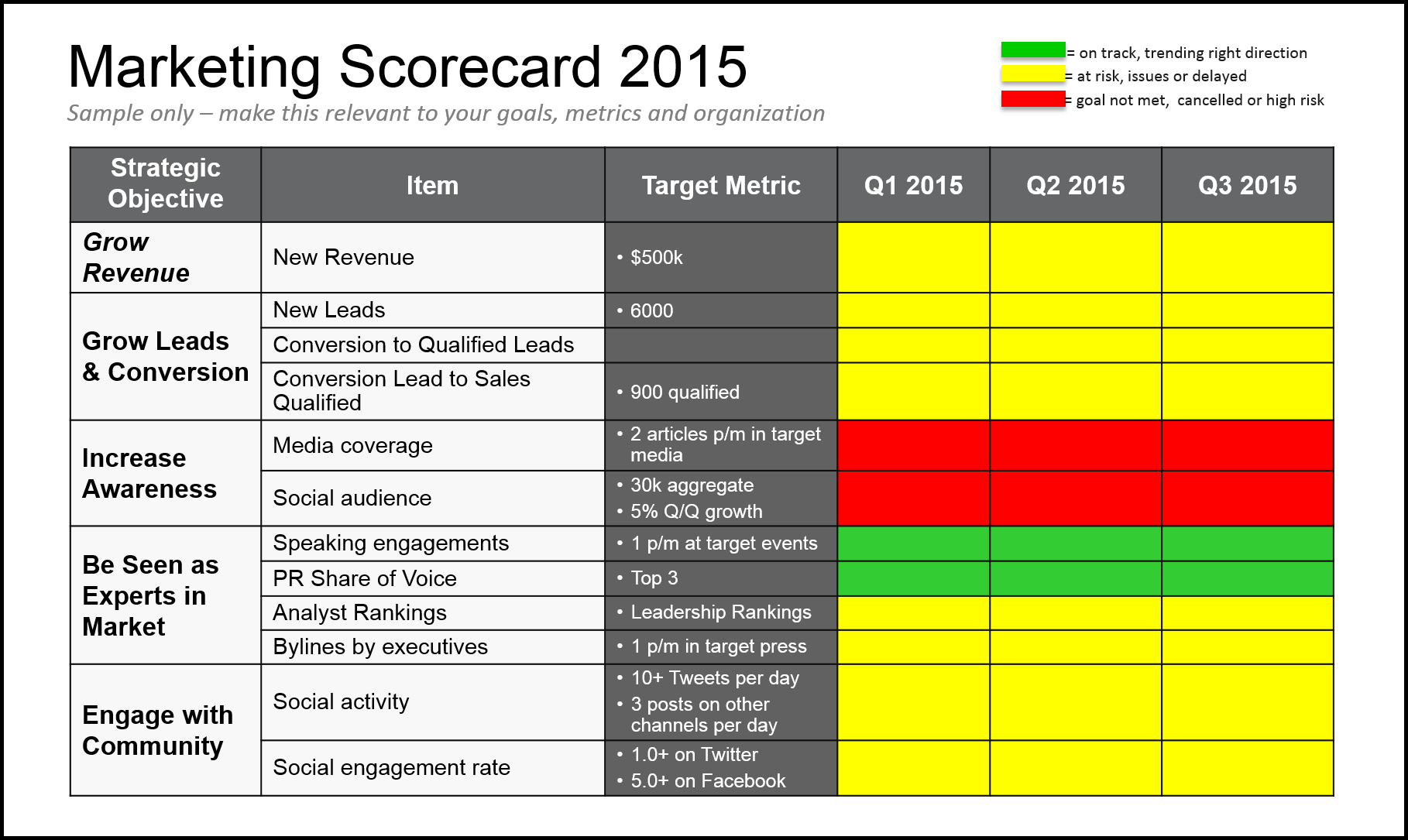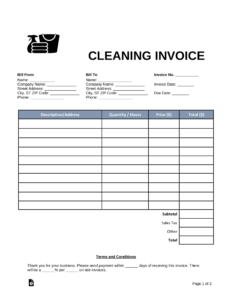Marketing reports play a crucial role in helping businesses understand the effectiveness of their marketing efforts and make data-driven decisions. These reports provide valuable insights into key metrics, campaign performance, and customer behavior. However, creating a comprehensive and well-structured marketing report can be a daunting task without a proper template. In this article, we will guide you through the process of creating an effective marketing report by providing a step-by-step template and sharing valuable tips and best practices.
1. Introduction
In the introduction section of your marketing report, provide a brief overview of the report’s purpose and objectives. Clearly state what the report aims to achieve and the specific areas it will cover. This section should set the stage for the rest of the report and give readers a clear understanding of what to expect.
2. Executive Summary
The executive summary is a condensed version of the entire marketing report. It should provide a high-level summary of the report’s findings, conclusions, and recommendations. Keep it concise, highlighting the most important points, and avoid going into too much detail. The executive summary is typically the first section read by busy stakeholders, so it should be engaging and capture their attention.
3. Objectives and Key Performance Indicators (KPIs)
In this section, clearly define the objectives of your marketing campaign or strategy. What are you trying to achieve? Are you looking to increase brand awareness, generate leads, or drive sales? Once you have identified the objectives, select the relevant Key Performance Indicators (KPIs) that will help you measure the success of your marketing efforts. Examples of common marketing KPIs include website traffic, conversion rate, customer acquisition cost, and return on investment (ROI).
4. Methodology
Provide a detailed explanation of the methodology used to collect data for the marketing report. This section should clarify the sources of data, research methods, and any tools or software used for analysis. If you conducted surveys or interviews, mention the sample size and demographic information. It is essential to be transparent about your research process to ensure the credibility and reliability of your findings.
5. Data Analysis and Findings
In this section, present the results of your data analysis. Use charts, graphs, and tables to visually represent the findings and make them easier to understand. Analyze the data to identify trends, patterns, and insights that are relevant to your marketing objectives. For example, if you are analyzing website traffic, you might find that a specific marketing channel is driving the most visits or that certain demographic groups are more likely to convert.
6. Competitor Analysis
Include a section in your marketing report dedicated to analyzing your competitors. Identify who your main competitors are and evaluate their marketing strategies, positioning, and performance. This analysis will help you identify areas where you can gain a competitive advantage and uncover potential threats and opportunities in the market. Use a SWOT analysis (Strengths, Weaknesses, Opportunities, and Threats) to summarize your findings.
7. Campaign Performance
If you have executed specific marketing campaigns, dedicate a section to analyzing their performance. Evaluate the success of each campaign against the defined objectives and KPIs. Include relevant metrics such as impressions, clicks, conversions, and cost per acquisition. Identify the most successful campaigns and highlight any learnings or insights that can be applied to future campaigns. This section will help you understand which strategies and tactics are most effective in reaching your target audience.
8. Customer Segmentation and Behavior
Understanding your target audience is crucial for effective marketing. In this section, provide an analysis of your customer segments and their behavior. Identify different customer segments based on demographic, geographic, psychographic, or behavioral characteristics. Analyze their preferences, buying patterns, and interactions with your brand. This information will help you tailor your marketing strategies and messaging to better engage and convert your target audience.
9. Return on Investment (ROI)
Assessing the return on investment (ROI) of your marketing activities is essential to measure their effectiveness and allocate resources efficiently. Calculate the ROI for each marketing campaign or strategy by comparing the costs incurred with the revenue generated. Analyze the ROI data to identify the most profitable marketing channels and tactics. This section will provide insights into the financial impact of your marketing efforts and help you make informed decisions about resource allocation.
10. Conclusion
In the conclusion section, summarize the key findings and insights from the marketing report. Emphasize the main takeaways and their implications for future marketing strategies. If any recommendations or action points arise from the report, clearly state them here. The conclusion should tie together all the sections of the report and provide a comprehensive overview of the entire document.
FAQs After The Conclusion
1. How often should I create a marketing report?
It depends on the nature of your business and marketing activities. Some businesses create monthly reports, while others prefer quarterly or annual reports. The frequency should be determined by the availability of data and the need for timely insights to inform decision-making.
2. What tools can I use to create a marketing report?
There are various tools available to help you create marketing reports, such as Google Analytics, social media analytics platforms, and marketing automation software. These tools provide data visualization and reporting features that make it easier to analyze and present your marketing data.
3. How can I ensure my marketing report is accurate and reliable?
To ensure the accuracy and reliability of your marketing report, it is important to use reliable data sources, conduct thorough data analysis, and follow a transparent methodology. Double-check your calculations and verify the consistency of your data. Peer review or validation from colleagues can also help identify any potential errors or biases.
4. Can I customize the marketing report template to suit my specific needs?
Absolutely! The marketing report template provided in this article serves as a general guideline. Feel free to customize it according to your specific needs and requirements. Add or remove sections, modify the headings, and include additional metrics or analysis that are relevant to your business.
5. How should I present my marketing report to stakeholders?
Consider the preferences and needs of your stakeholders when deciding how to present your marketing report. Some may prefer a comprehensive written document, while others may prefer a visual presentation with charts and graphs. Tailor the format and level of detail to the audience to ensure the report is easily understandable and impactful.
Summary
Creating an effective marketing report requires careful planning, data analysis, and clear communication. By following the template provided in this article, you can structure your report in a way that provides valuable insights and helps drive data-driven decision-making. Remember to define objectives and KPIs, analyze data, evaluate campaign performance, understand customer behavior, assess ROI, and present your findings in a concise and engaging manner. With a well-structured marketing report, you can effectively evaluate your marketing efforts and optimize your strategies for better results.





